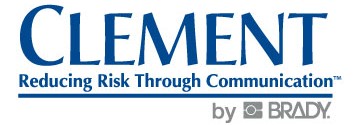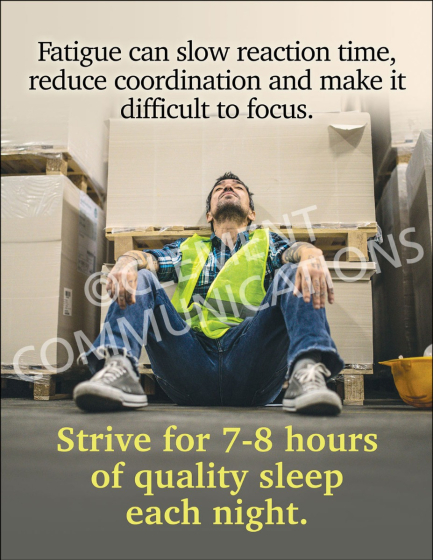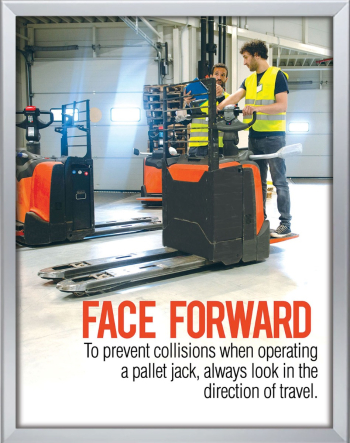Fatigue can Slow Reaction Time Poster
SKU
SPX-0597A
As low as
$21.99
Only %1 left
Fatigue can Slow Reaction Time Poster
Fatigue can Slow Reaction Time Poster
Fatigue can slow reaction time, reduce coordination and make it difficult to focus.
Each poster is suitable for almost any work environment.
Product Information:
- Product code: SPX-0597A (English) and S1X-0597A (Spanish)
- Size: 17" x 22"
Write Your Own Review


